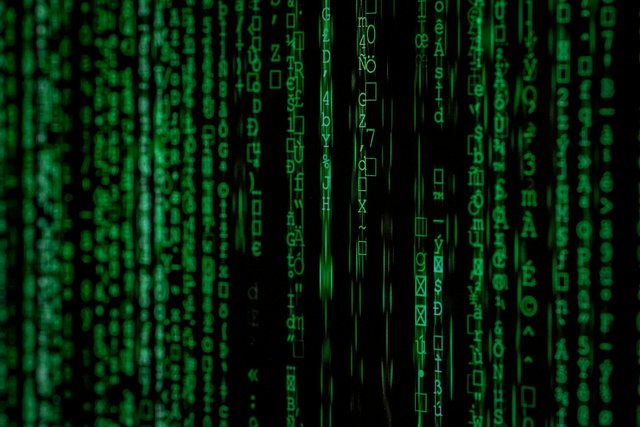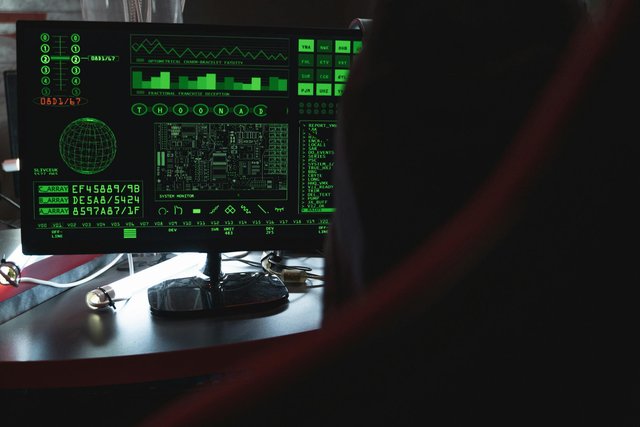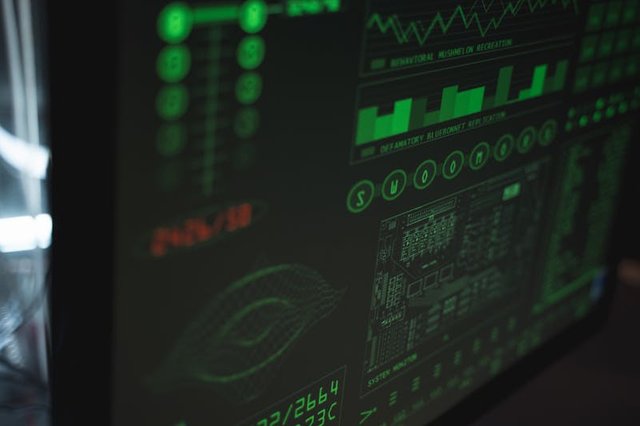Understanding Mempool in Crypto.
 |
|---|
Hi friends! how are you doing? Welcome to my blog, it been a while. It's super good to have you back here. I trust you got value from my last post. I bring to you another interesting content, one that I believe you love as usual. In my previous post, we explored "Web3 Wallets", you can check out my blog to read through if you haven't.
Today, we would be looking at Mempool In Crypto, what it is and how it works.. it's actually another topic of interest I felt like sharing with y'all. I hope you guys learn one or two things from this write-up.
Have you ever tried seeing someone in a well organized place or settings and then on getting there, you were asked to wait in a place that looks like a reception, while your request to see the person is being sent to that person. You know at this point you just have to wait for your request to be granted.
No matter how urgent the need to see the person is, you're still subjected to the process. At the end of the day, you either end up seeing the person or turned down eventually. This is also applicable in the world of crypto when it comes to transaction. Mempool functions exactly like the scenario painted. Let's get to explore this topic.
Mempool is a typical waiting room for all blockchain transaction that are yet to be approved. Simply put, anytime a new transaction is initiated, it has to join the long queue of transaction in what we call the Mempool, this is where the transaction is then processed before it get an approval.
It would have been way lot easier if every node has the power or right to approve transaction which is done by adding it to a new block but then not every node can. Only validators on the Proof-of-stake and miner in the proof-of-work network can create a block.
 |
|---|
What this then means in essence is that a random node who initiate a transaction would have to rely solely on these specialized node to get their transactions processed; broadcasted on the network, validated and finally approved. While your transaction is awaiting approval, it stay in the Mempool.
Any transaction in a Mempool goes through stages. It starts from a queued transaction when initiated and then it moved to the next stage called the pending stage, this is the stage where the transaction get validated. From this point, it can then be added to a block which brings about the approval of such transaction.
Let's make this more practical. Take for example that I want to send 2 BTC to my friend via my wallet, I would initiate the transaction by setting my gas fee and input the destination address which is that of my friend. Once I trigger, it goes straight into the mempool as queued transaction.
The next thing is that the transaction is then broadcasted across the network to check it validity. If after the nodes on the network run a check and find it valid, it then moves from the queue into pending stage, kindly note that the transaction has not been added to the chain yet at this point.
While the transaction is still on pending mode in a Mempool, a validator or miner will come and pick it and then finally add it to a block. At this point, the transaction is then approved. This means my friend would now receive the 2 BTC I sent to his wallet address.
There are various reasons why transaction stays so long in mempool. I will be sharing some of the reason in this section. Let's explore together.
• Network congestion: This is one of the reasons why transactions tarry for long. I mentioned earlier that when you initiate a transaction, it immediately joins a queue of other transaction and one might just be so unlucky someday that there will be more than enough to be processed as at a given time.
The network then begins to prioritize transaction based on how rewarding it is for validators and miners. This then keeps your transaction there for so long if your fee is small compared to those on the queue.
 |
|---|
• Low Gas Fee: The first point has actually led us to this very point. If you set a low gas fee from your transaction, there is every possibility that your transaction would be seriously delayed because no validator or miner would be very eager to pick it up and approve it even though they have been saddled with such responsibility. They just want something that would be motivating enough to run your errands for you...lols.
• Drop In Hash Rate: A drop in hash rate will definitely make a lot of transaction remain stuck in the mempool. A drop in hash rate simply means shortage in computing power or capacity to process transaction the way it should have done normally. Bitcoin network is a good example of scenarios like this.
I think you have gotten so much today. I guess somebody might want to ask how to then cancel such transaction having stayed so long on the queue, well you have the option to cancel and sometimes this comes with fee and some technicality. You can also decide to wait a bit longer to see the end of the whole process or connect your wallet to some third part wallet like metamask to speed up process.
I believe by now you understand what a Mempool is and how it functions.As my usual custom is, I would always encourage that you DYOR to be sure of every financial step you would want to take as I won't be liable for any form of loss encountered by you.Feel free to share with me your thoughts in the comment section. Thanks for your time once again. Gracias!
Disclaimer: This post is made as an education and not investment advice. Digital asset prices are subject to change. All forms of crypto investment have a high risk. I am not a financial advisor, before jumping to any conclusions in this matter please do your own research and consult a financial advisor.
Regards
@lhorgic♥️
https://x.com/lhorgic1/status/1836380885974646856